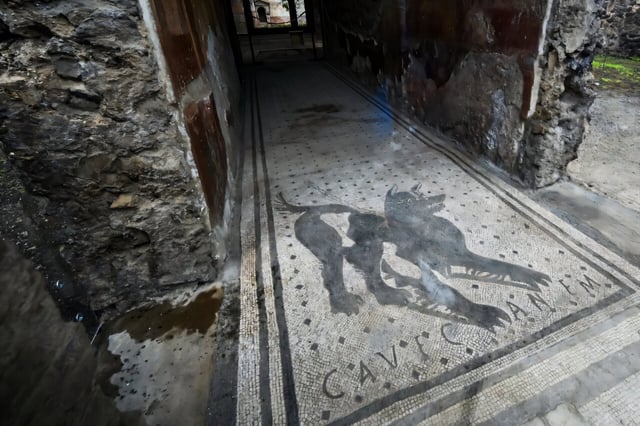Overview
- Aeneas was validated by 23 expert epigraphers and released as open-source software on July 22 after publication in Nature
- The generative neural network was trained on 176,861 inscriptions spanning two millennia and can predict dates to the decade, localize origins among 62 Roman provinces and reconstruct missing text
- More than 20 historians have incorporated Aeneas into their workflows and report that it provides a useful research starting point in 90 percent of cases
- In tests on the Res Gestae Divi Augusti, Aeneas used linguistic cues to narrow the inscription’s debated composition to two closely contested time periods
- With about 1,500 new Latin inscriptions unearthed each year and often fragmentary, the tool exemplifies how AI can augment traditional epigraphic methods

